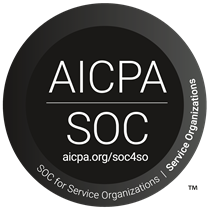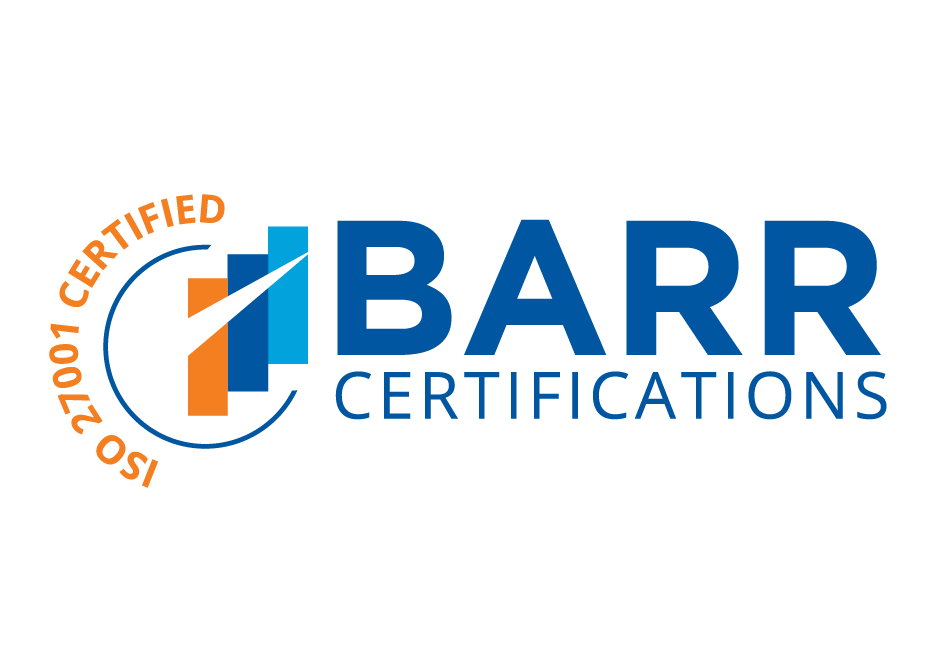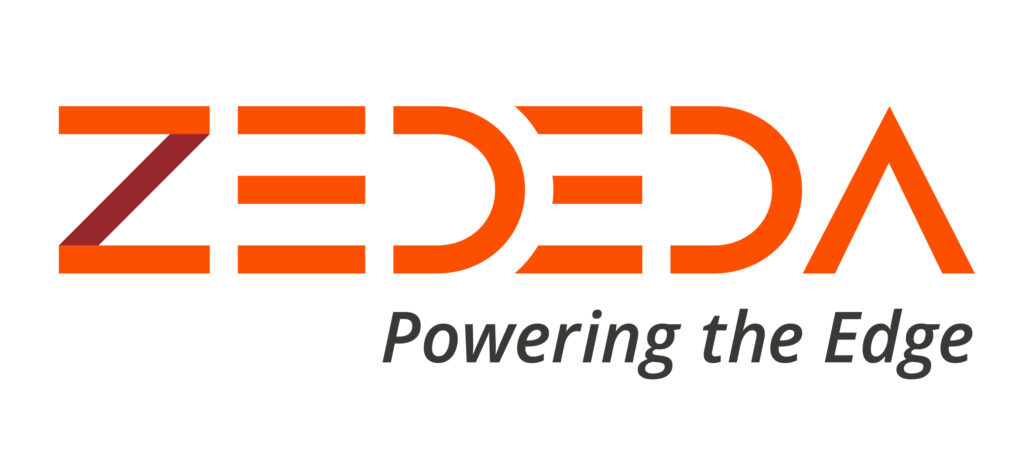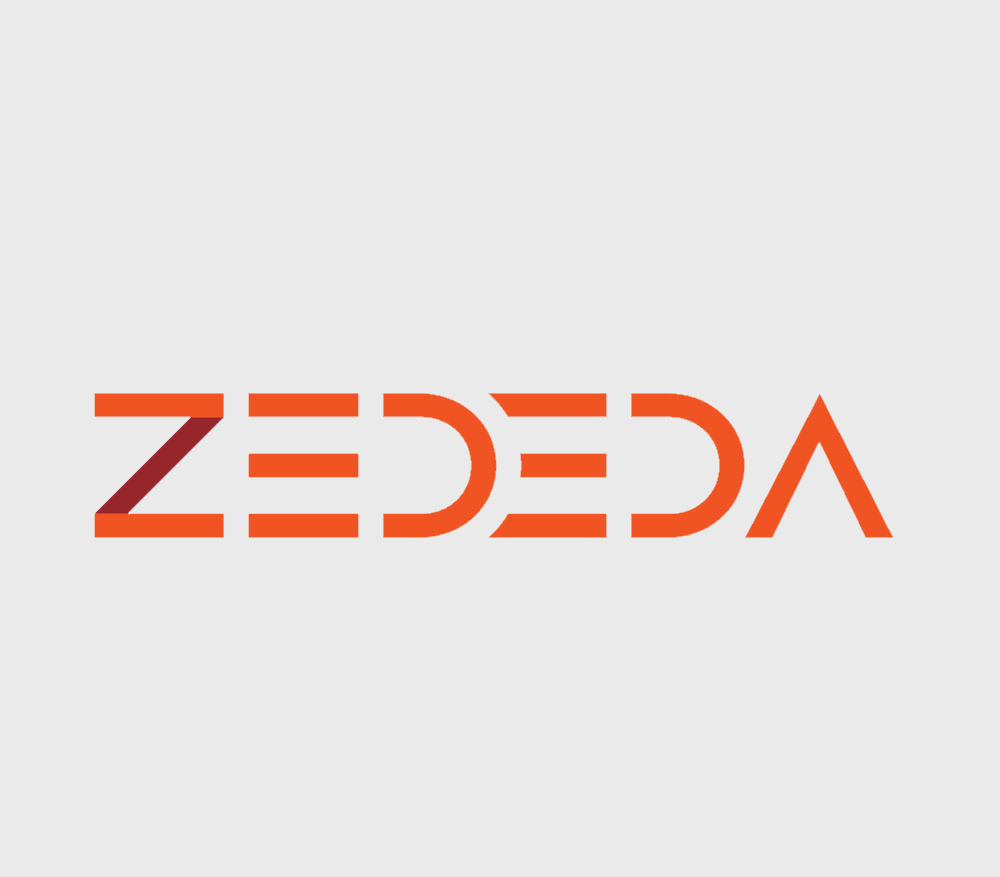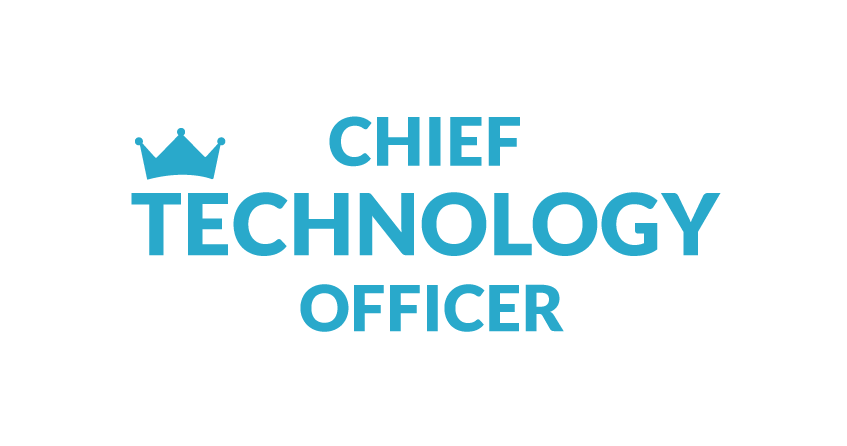
[Editorial note: This is one post of a six-part series, so please stay tuned for more!]
We’re excited to kick off the CTO Spotlight blog series by introducing Roman Shaposhnik, the Co-founder and Chief Technology Officer at ZEDEDA. During this insightful Q&A, Roman discusses his background, edge solution challenges, and the future of edge computing technology.
Q: Describe Roman Shaposhnik in three words.
A: Open Source Hacker
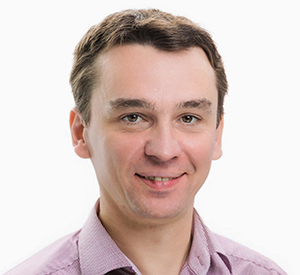
Q: How did you begin your career in the tech industry?
A: Funny thing is, I wasn’t supposed to be involved with computers. I was studying in St. Petersburg State University to become a pure mathematician – specializing in modern and abstract algebra. Not even its applications to cryptography or computer graphics – just pure stuff. At the same time, I’ve always been fascinated by computers (to a point where I managed to nag my mom and grandma to buy me a PDP-11 compatible machine when I was in middle school). But it wasn’t computer science I was doing – just pure hacking. Hacking and also community organizing (I used to operate 2:5030/359 and if you happen to know what that means – I will personally buy you a beer when you meet me!). It was only a matter of time when I discovered this magic formula: hacking + community = open source. And I was hooked ever since.
Q: How did you become interested in edge computing technology?
A: In retrospect, becoming a founder of an edge computing company was probably inevitable. I’ve spent the majority of my career working for the greatest computer company that ever existed – Sun Microsystems. It was a computer company that built anything and everything that is required to do computing, starting with advanced desktop computing and later server computing. So you could say – whatever I do – I build end-to-end systems focused on some type of computing. In fact, at Sun, my last project was network.com, which was Sun’s attempt to build one of the first public cloud computing offerings out there (yes, we were actually competing with Amazon AWS at the time!).
In 2016, it was clear that the public cloud computing was already a done deal – split between the usual suspects. If I wanted to keep building computing platforms, what other kind of computing could I do? The answer was clear: edge computing. Simply because at the end of the day, edge computing is seen as one final public computing cloud that we, as an industry, need to build. Compute resources belong to YOU and not the public cloud provider.
Q: What are the current challenges that companies foresee with edge computing technology?
A: The field is still very much emerging and it is an exciting combination of requirements that come from both public cloud computing and mobile computing. Frankly, it is a very unusual combination – something that we’ve never seen as an industry before. To give you an example, on one hand, edge computing systems must have the same set of APIs that we know and love in public clouds. They need to be elastic and “cloud native.” On the other hand, edge computing security architecture reminds me of mobile computing – you no longer have a network of physical security perimeter around your compute resources. Palo Alto firewalls or dudes with machine guns in front of a data center (the things that secure public clouds) simply don’t apply when it comes to edge computing. So we have to take a page out of mobile computing architectures, and protect devices from a software perspective, similar to how we protect iPhones and Pixels.
Q: From your perspective, what can companies expect in 2023 and beyond for edge solution technology innovation?
A: On the vendor side, I would expect the industry to start solidifying. Once this happens, public cloud computing players and existing computer companies (or whatever is left of them these days), will compete for edge computing customers as ferociously as they compete for enterprise customers. On the customer’s side, we will see a huge shift from what I call “embedded systems thinking” to “cloud-native thinking.” Ultimately, the edge computing market (which Michael Dell forecasted to be around $700 billion over the next 10 years) is only going to be as big as we all hope if we can get all the millions of cloud-native developers to apply their skills to this new domain. After all, developers are the king makers in any computing market – edge computing being no different.
Q: What are your top initiatives since you’ve transitioned into ZEDEDA’s CTO role?
A: I have a pretty detailed picture in my mind as to what a CTO is expected to do. My insights and learnings were shaped by great CTOs from my prior companies. Guys like Greg Papadopolous of Sun Microsystems, and Amr Awadallah of Cloudera/ZIR AI, have taught me that a CTO is largely a services organization with every business unit of a company being their customer (or constituency). We all know that CTOs are expected to effectively uphold, develop, articulate, and continually evolve the company’s strategic technical direction and its “north star” vision. This vision focuses on becoming the undisputed leader in its market (edge computing in our case). But there’s way more to it than that. CTOs also have responsibilities to the CEO, Engineering, Product Management, Sales, Marketing, and Business Development. There are many balls to juggle, but it is exactly what makes it so exciting. Funny thing is, before accepting this position I actually had to think long and hard about my own job description. And as my friend, our CEO and my fellow ZEDEDA Co-founder, Said observed – it ended up being one of the most detailed job descriptions he has ever seen.
In the next blog, we will continue the discussion with Roman, who will be doing a deep dive into the CTO’s mission, strategies, and what he defines as the “north star” vision. In the meantime, if you’d like to learn more about the benefits and strategies of open edge technology, please join us for the EVE Design Summit, on June 23rd in Berlin, Germany. Can’t wait for you to attend!

